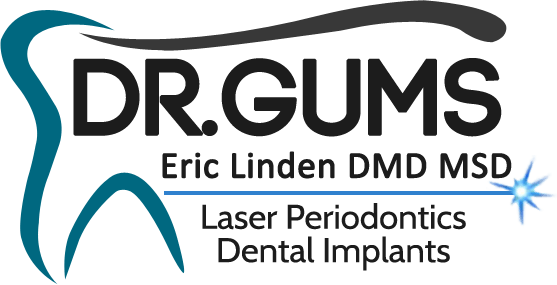CHICAGO — September 21, 2005 — The enticing aroma of a thick, juicy steak was a temptation Marvin Goodwin often avoided because his dentures made the meat difficult to chew. Now that he’s had implants placed to support his denture, he is no longer cautious of the foods he eats.
In a new study that printed in the Journal of Periodontology, researchers found that the cumulative survival rate of implant-placed overdentures was 95.4 percent for 10 years. The success rate for the maxilla (upper jaw) implant supporting overdentures was 87.3 percent and the mandible (lower jaw) was 99.5 percent. Study Abstract
“My implant-placed overdentures have made my life more pleasurable, I felt practically no pain in having them placed, and am very glad that I did it,” said Marvin Goodwin of Buena Park, Calif. “Now I can eat caramel at a party and not have to worry about my dentures sticking together and prying them apart.”
An implant-supported overdenture requires that implants are placed into the jaw. The implants bond to the jawbone forming an anchor. Full bridges or dentures are created to attach to the implants, literally locking the teeth replacement into place.
“Even though my partials fit, they were often uncomfortable and had a tendency to move when I talked or ate,” explained Goodwin. “I can now enjoy eating food – especially steak because my teeth do not move.”
“One of the advantages of implant-supported full bridges and dentures is that it replaces some of the tooth roots, which will better preserve the jawbone,” explains Vincent J. Iacono, DMD and president of the American Academy of Periodontology. “Dental implants integrate with the jawbone helping to keep the bone healthy and intact.”
The overall rate of edentulism for adults 18 and older is nearly 10 percent. This rate increases with age so that about 33 percent of those 65 and older are without teeth according to the Surgeon General’s Report on Oral Health.
The good news is periodontists have the special knowledge, training and facilities to give people teeth that look and feel just like their own. This procedure is a team effort between the patient, dentist and periodontist. Depending on the specific condition, the periodontist will create a treatment plan tailored to meet the patients’ needs.
About the AAP
The American Academy of Periodontology (AAP) is the professional organization for

